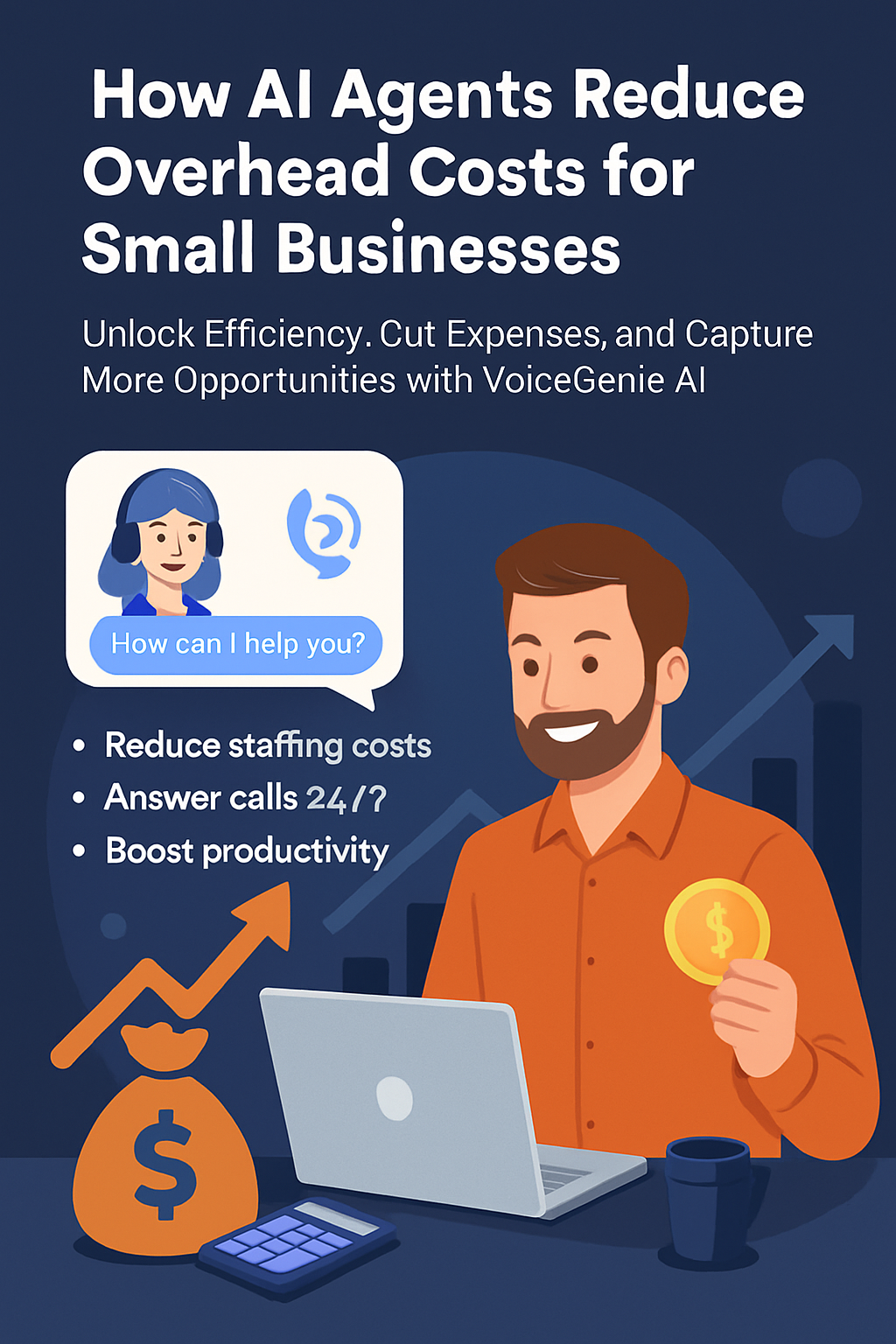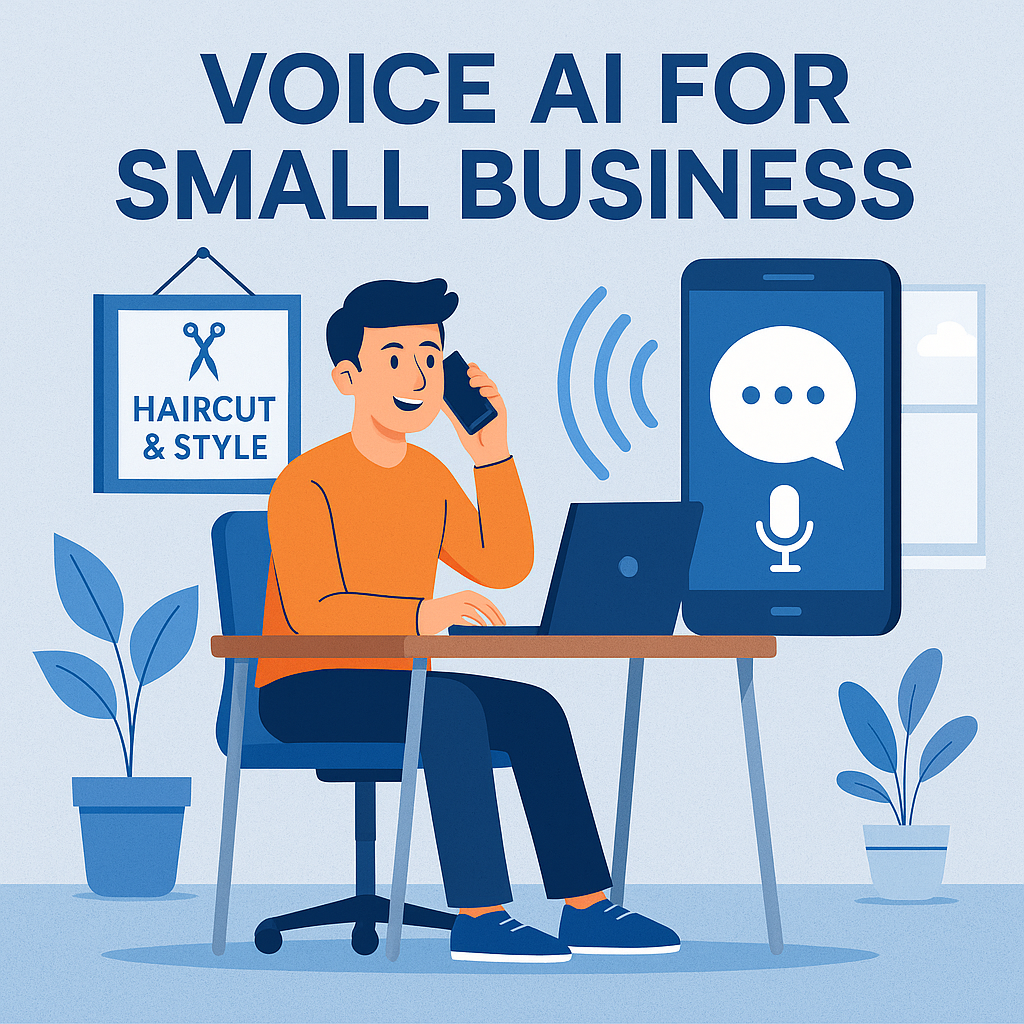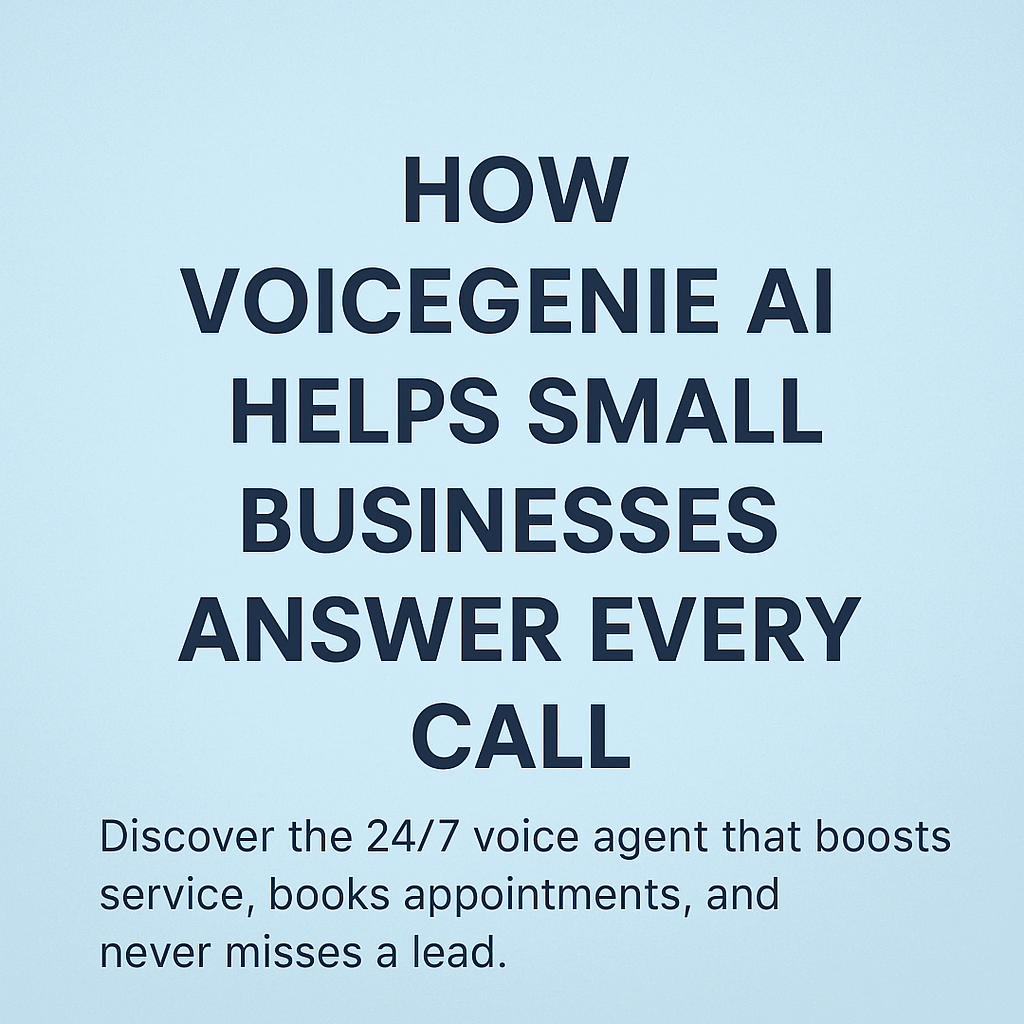Hot Tips for Businesses to Thrive in the 2025 Technological Era
Technology continues to evolve at an unprecedented pace, and by 2025, businesses will need to adapt swiftly to stay competitive in this dynamic landscape. Companies that want to thrive must do more than just keep up—they need to innovate, leverage cutting-edge tools, and proactively respond to changing market demands. Here are some hot tips to help businesses not only survive but also flourish in the 2025 technological era.
Hot Tip #1: Invest in Technology-Driven Innovation and Development for 2025
In 2025, technology will be a driving force behind business growth and differentiation. Investing in technology-driven innovation is not just about staying relevant—it’s about leading the way and setting new industry standards. Companies that prioritize technology investments can streamline operations, enhance customer experiences, and create new revenue streams.
Focus on Key Technologies: Some of the critical technologies to invest in include artificial intelligence (AI), machine learning, the Internet of Things (IoT), blockchain, and cloud computing. AI and machine learning, for example, can analyze large datasets to uncover insights that drive more personalized customer experiences and optimized decision-making. IoT devices can help manage and track inventory in real-time, while blockchain technology can ensure the security and transparency of transactions, especially in sectors like finance and supply chain management.
Set Up Innovation Labs: One hot tip for fostering a culture of continuous innovation is to establish dedicated innovation labs or teams that focus solely on exploring new technologies and business models. These labs should operate with the freedom to experiment, fail, and learn rapidly, without the constraints of the core business. They serve as an incubator for breakthrough ideas that can transform the company’s offerings.
Forge Strategic Partnerships: Collaborate with startups, tech firms, and research institutions to stay ahead of technological advancements. Partnerships can provide access to cutting-edge solutions and help businesses integrate the latest innovations faster and more effectively.
Hot Tip #2: Build a Tech-Savvy Workforce in 2025
To make the most of technology, businesses need a workforce that is skilled, adaptable, and comfortable with digital tools. A tech-savvy team is an invaluable asset, enabling companies to implement new technologies seamlessly and innovate from within.
Implement Continuous Learning Programs: Launch training initiatives focused on both technical and soft skills. Prioritize digital competencies such as AI, data analysis, cloud computing, and cybersecurity. Additionally, promote the development of soft skills like critical thinking, creativity, and collaboration—these will empower employees to use technology to solve complex problems creatively.
Use Mentorship and Knowledge Sharing: Encourage knowledge sharing between tech-savvy employees and those new to digital tools. Setting up mentorship programs can accelerate learning and create a more unified team that understands the company’s tech goals.
Promote Cross-Functional Collaboration: Foster collaboration between technical and non-technical teams. For example, have marketing and data science teams work together on consumer insights projects, or create joint problem-solving sessions where diverse departments contribute their unique perspectives to tech-driven challenges. This ensures that technology is effectively integrated into the business strategy.
Hot Tip #3: Embrace Change and Foster a Culture of Agility during 2025
By 2025, businesses will need to be more agile than ever. Being agile means being able to pivot quickly in response to market shifts, technological advancements, and unexpected disruptions. Companies that build a culture of agility will be able to capitalize on emerging opportunities and navigate challenges with resilience.
Encourage Open Communication: Cultivate an environment where open communication and feedback are the norms. Employees should feel empowered to share their ideas, voice concerns, and suggest improvements without fear of retribution. Open dialogue enables organizations to identify potential issues early and respond swiftly.
Decentralize Decision-Making: Empower teams to make decisions independently and without bureaucratic delays. Decentralized decision-making allows teams to act quickly in response to local changes or customer feedback, enhancing the organization’s overall responsiveness.
Experiment and Learn Rapidly: Create a culture where experimentation is encouraged, and failures are seen as learning opportunities. Implement agile methodologies, such as sprints or rapid prototyping, to test new ideas quickly and iterate based on feedback. This approach helps companies stay aligned with market needs and reduce the risk of long-term missteps.
Embrace Digital Tools for Collaboration: Use collaboration tools and platforms that facilitate real-time communication and project management across geographies and time zones. Platforms like Slack, Microsoft Teams, or project management software like Asana enable teams to work together seamlessly, no matter where they are.
Hot Tip #4: Leverage Data as a Strategic Asset
Data is the lifeblood of the digital era. By 2025, businesses that use data effectively will have a significant competitive advantage. Companies should focus on data-driven decision-making and leverage data analytics to uncover insights that inform strategy and operations.
Adopt Predictive Analytics: Use predictive analytics to anticipate market trends, consumer behaviors, and operational inefficiencies. By leveraging advanced algorithms, businesses can make informed decisions about everything from inventory management to product development.
Ensure Data Privacy and Security: With the increased use of data comes greater responsibility. Implement robust data privacy and security measures to protect sensitive information. Being transparent about data usage and maintaining compliance with global regulations such as GDPR and CCPA will help build trust with customers and stakeholders.
To thrive in the 2025 technological era, businesses must embrace technology, cultivate a tech-savvy workforce, and foster a culture of agility and innovation. By leveraging key technologies, building strategic partnerships, and investing in continuous learning and development, companies can position themselves for long-term success. As the pace of technological change accelerates, those that are proactive, adaptable, and committed to embracing new ways of working will be the ones leading the charge.
FAQs
1. Why is investing in technology-driven innovation essential for businesses in 2025?
Investing in technology-driven innovation enables businesses to differentiate themselves, streamline operations, and stay competitive in an ever-evolving market.
2. What strategies can help businesses build a tech-savvy workforce?
Strategies include implementing continuous learning programs, promoting cross-functional collaboration, and creating mentorship opportunities for skill development.
3. How can businesses foster a culture of agility?
By encouraging open communication, decentralizing decision-making, and promoting a mindset of experimentation and learning from failures.
4. Why is data important for businesses in 2025?
Data provides critical insights that help companies make informed decisions, optimize operations, and personalize customer experiences, making it a strategic asset.
5. How can businesses prepare for future technological disruptions?
Businesses can prepare by adopting an agile mindset, investing in innovation labs, leveraging strategic partnerships, and building a tech-savvy and resilient workforce.










